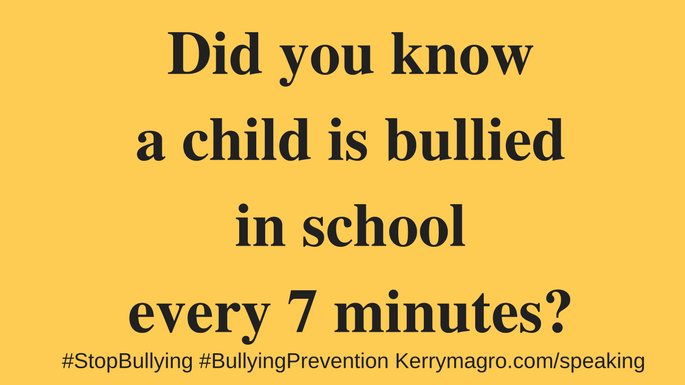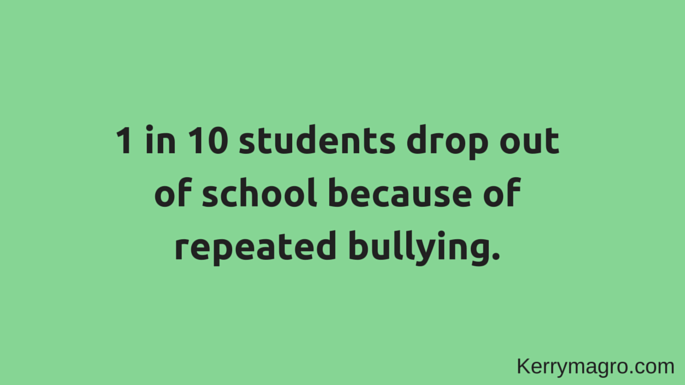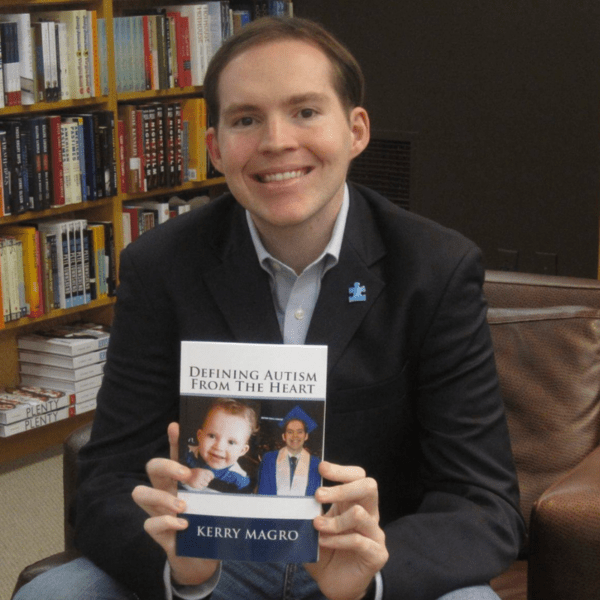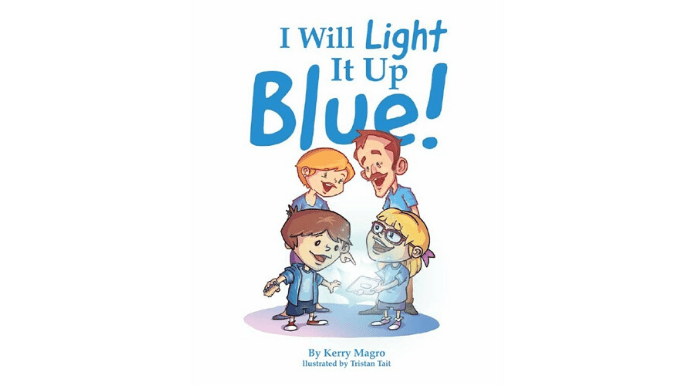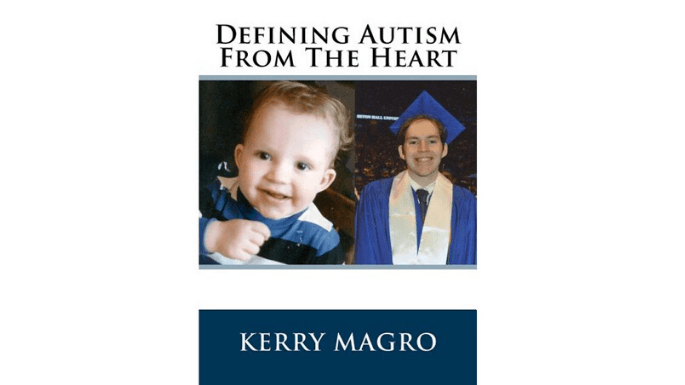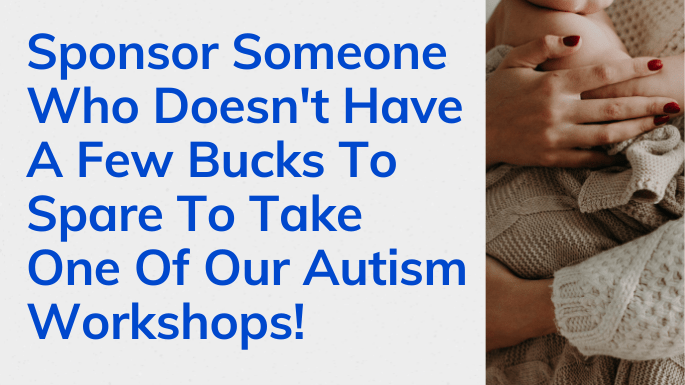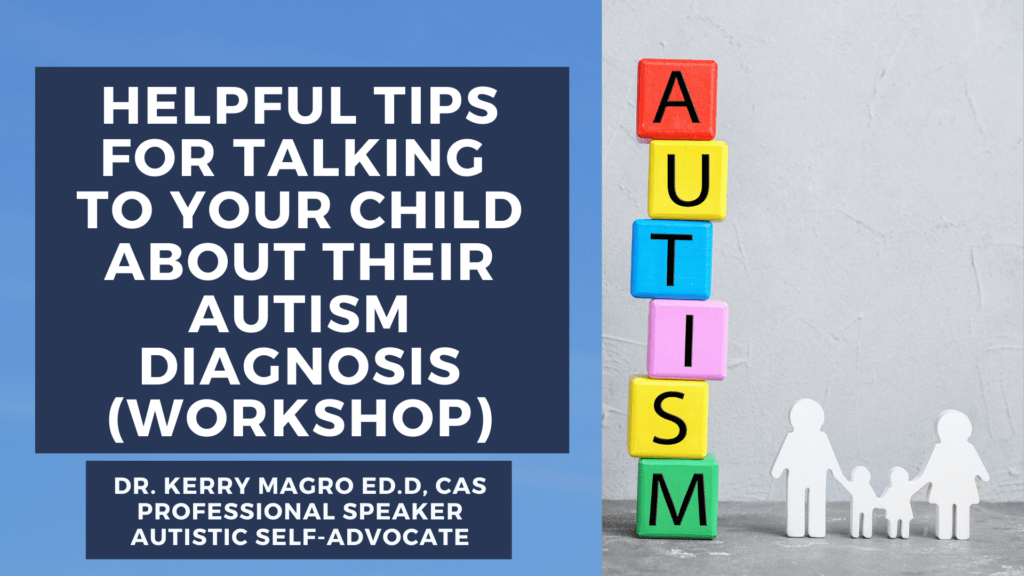As someone who grew up being a victim of bullying, I often give talks around the country on bullying prevention. One keynote I give in particular called “I Used to Be Bullied for Having Autism: Here’s When It Stopped” shares how I was able to overcome bullying along with providing resources for our community. With that being said here are a few reasons that stood out to me on why we need to continue to spread bullying prevention… (note: all of these facts are from the U.S.)
1. A child is bullied in school every 7 minutes. 60 percent of students with disabilities and 25 percent without have been reported of being bullied. Last academic school year 3.2 million students were victims of reported bullying.
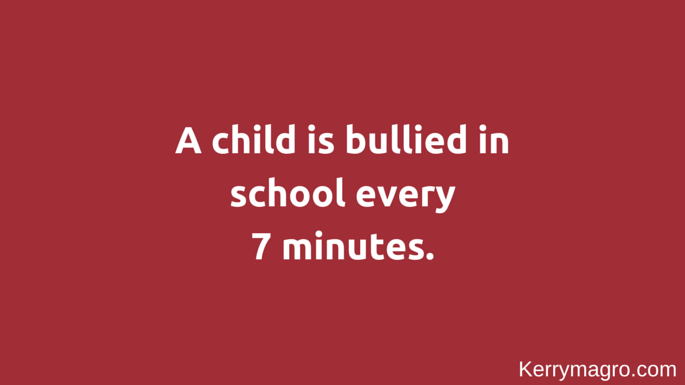
2. Bullying affects a student’s ability to learn.
3. Most bullying is unreported because it’s done while the teachers/adults are not watching.
4. Bullying leads to an increase in dropout rates and absenteeism. 1 in 10 students drop out of school because of repeated bullying.
5. Bullying on average leads to a decrease in grades/loss of interest in academic achievement.
6. Bullying is the most common form of violence.
7. Victims of bullying are 2 to 9 times more likely to consider suicide than students who are not bullied.
8. 1 in 7 students from grades K-12 are either bullies or victims of bullying.
9. There is no current Federal anti-bullying law. Although 49 states have anti-bullying legislation, bullying is not illegal.
10.Harassment and bullying have been linked to 75% of school-shooting incidents.

As much as these numbers are alarming there are several ways we can help stop bullying in our communities. Having an anti-bullying policy at your child’s school is extremely important along with doing a quiet assessment of bullying overall by having students doing anonymous surveys to gauge how severe the bullying at the school really is.
If you are looking for more information you can contact me here about potentially speaking at your child’s school to help make a difference. You can learn more about ways to combat bullying via the Special Needs Anti-Bullying Toolkit that helps provide additional information on everything mentioned above.

